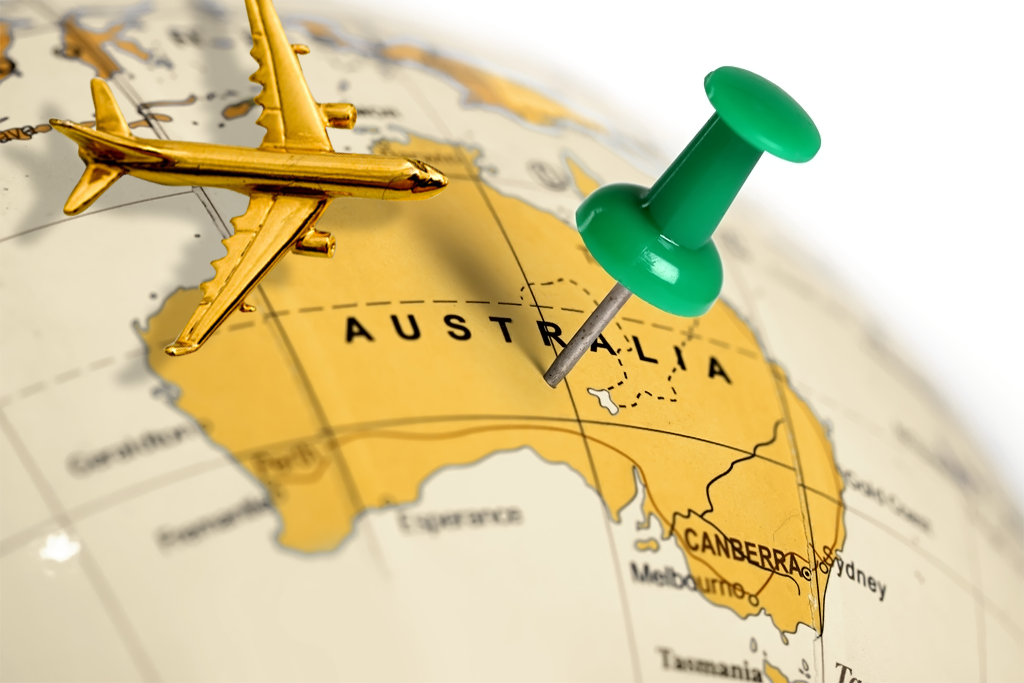Housing is the most expensive thing for most individuals. As a result, the number of persons wanting to buy a home has grown.
You’d be wrong right now, based on our current situation. You may either drive or take the bus to go where you need to go. A bus service that runs till 8 p.m. throughout much of the area. Exceptional work central After the lockout legislation, Sydney has become a ghost town.
Housing demand in Sydney is increasing
Sure, things are changing today, and a major train project is in the works, but this was something that should have been done years ago. Cities like Brisbane and the Gold Coast have shown that they are capable of good urban planning. It shouldn’t be too far away from Sydney.
The second component of the equation is low-cost financing. Interest rates in Australia were high in 2009, prior to the GFC crisis, with forecasts that they would rise to double digits. Housing prices began to decline as a result of this, believe it or not, since everyone wanted to rent. House prices in Sydney used to be approximately half of what they are now.
Growth in the Population
Population growth, which means more people need a place to reside, is the major driver driving up demand in the long run. The national population increased by 0.5 per cent last year, owing primarily to natural growth.
From the turn of the millennium through the onset of the pandemic in March 2020, it grew at a rate of 1.5 to 2% each year, with Sydney and Melbourne accounting for a significant chunk of that. Immigration, which usually accounts for the majority of population increase, came to a standstill last year.
Many economic and social variables, not all of which are related to housing, influence national immigration policy. Immigration has several advantages, ranging from increased economic growth to increased cultural variety. However, there are drawbacks, such as increasing demand for housing.
Immigration
The effect of immigration on home prices has been researched by the economist of the Centre for Independent Studies. The period from 2005 to 22011, when yearly immigration increased from around 120,000 to over 190,000 people.
Then came the Great Recession, and interest rates began to decrease, though a little later than in other nations.
Then it starts to plummet. What did this signify in terms of home prices? They began by attempting to seem inexpensive from a cash flow standpoint. This is especially true for investors.
So began the big Sydney property market boom. And prices quadrupled in just 5 years, leaving some mortgage holders with staggering amounts of debt because of property maintenance and cleaning in Sydney. This finally priced out purchasers, who have since relocated to more “affordable” regions of Australia, such as Brisbane. Even Hobart is seeing an uptick in tourism.
Sydney will get cheaper over time, but it will happen
According to new research, Sydney is now among the top ten most expensive cities in the world to live in, with living costs surpassing those of New York and London.
Sydney was ranked 10th in the survey by the Economist Intelligence Unit, up to four places from the previous year.
The Worldwide Cost of Living 2018 Report examined 130 locations based on the cost of food, clothes, rent, transportation, energy bills, private school tuition, domestic help, and recreational expenditures, comparing the prices of 160 items and services.
Singapore is still the most expensive city in the world to live in, with two other Asian cities in the top ten: Hong Kong (fourth) and Seoul (tenth) (sixth).
Who would want to relocate to Sydney?
Seoul, Tokyo, and Hong Kong are the three most expensive cities in the world to buy staple items, although low inflation in Japan has moved Tokyo, which was the most expensive city until 2013, and Osaka out of the top ten.
Apart from Paris (the second most expensive city in Europe), cities outside the eurozone were the most expensive in Europe, with Zurich, Oslo, Geneva, and Copenhagen all making the top ten owing to unusually high prices for home products, leisure, and entertainment.
There are no US cities in the top ten in this year’s study, with New York falling from ninth to thirteenth place in 2017 and Los Angeles falling from eleventh to fourteenth place this year.
The steep drop in the pound following the Brexit result-pushed down prices in the UK, making London (ranked 30th) the cheapest city for foreign tourists in almost 20 years, according to the report’s authors.
There are a few things that are uniquely Australian, such as Vegemite, the Sydney Opera House, and debating the state of the housing market.
According to Domain’s median price data, the average price for a property in the March quarter was $899,510, while recent research from the University of NSW revealed that homeownership is now out of reach for most people under the age of 35.
It’s much worse in Sydney, where a typical home now costs $1.3 million and an average apartment $750,000, while in Melbourne, houses cost $974,400 and units cost $568,790.
Since the mid-1990s, house prices have outpaced income growth, resulting in a 4% decline in national homeownership.







